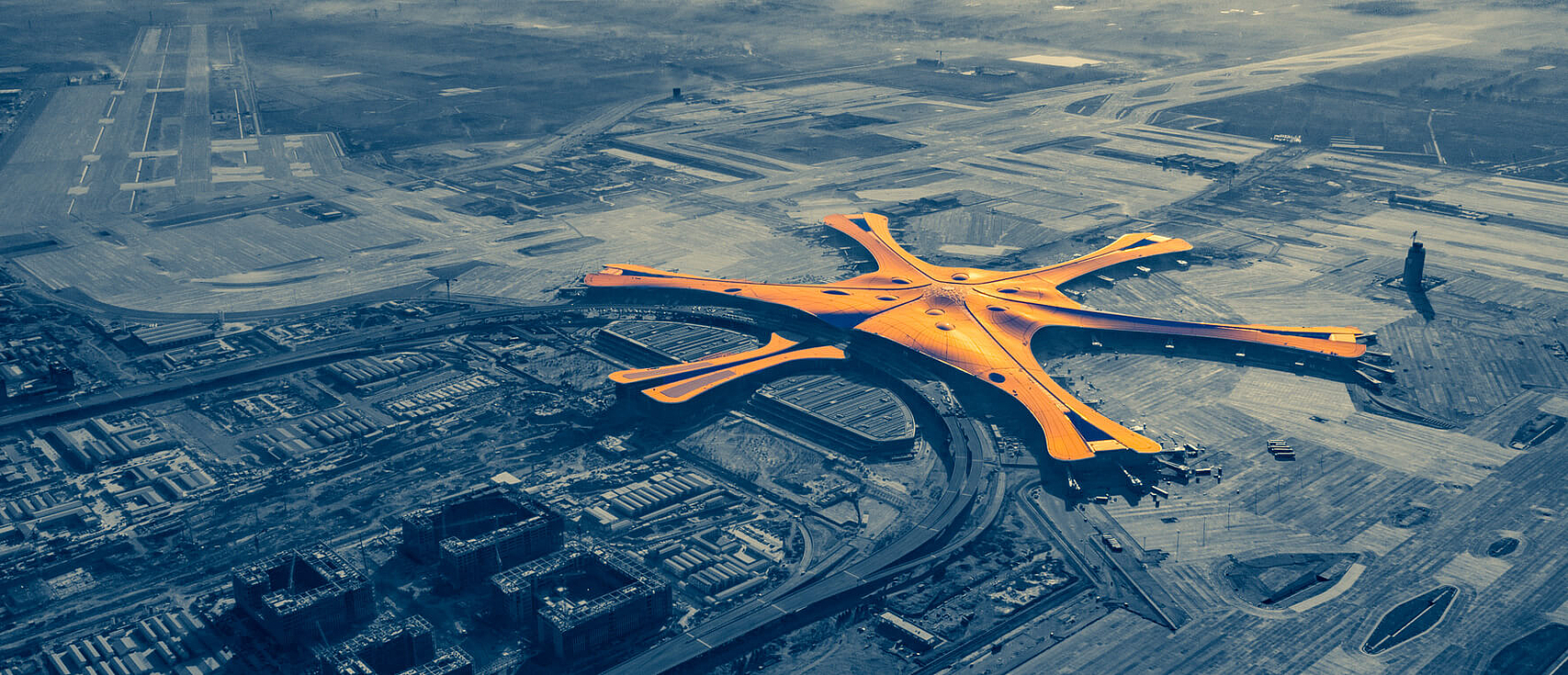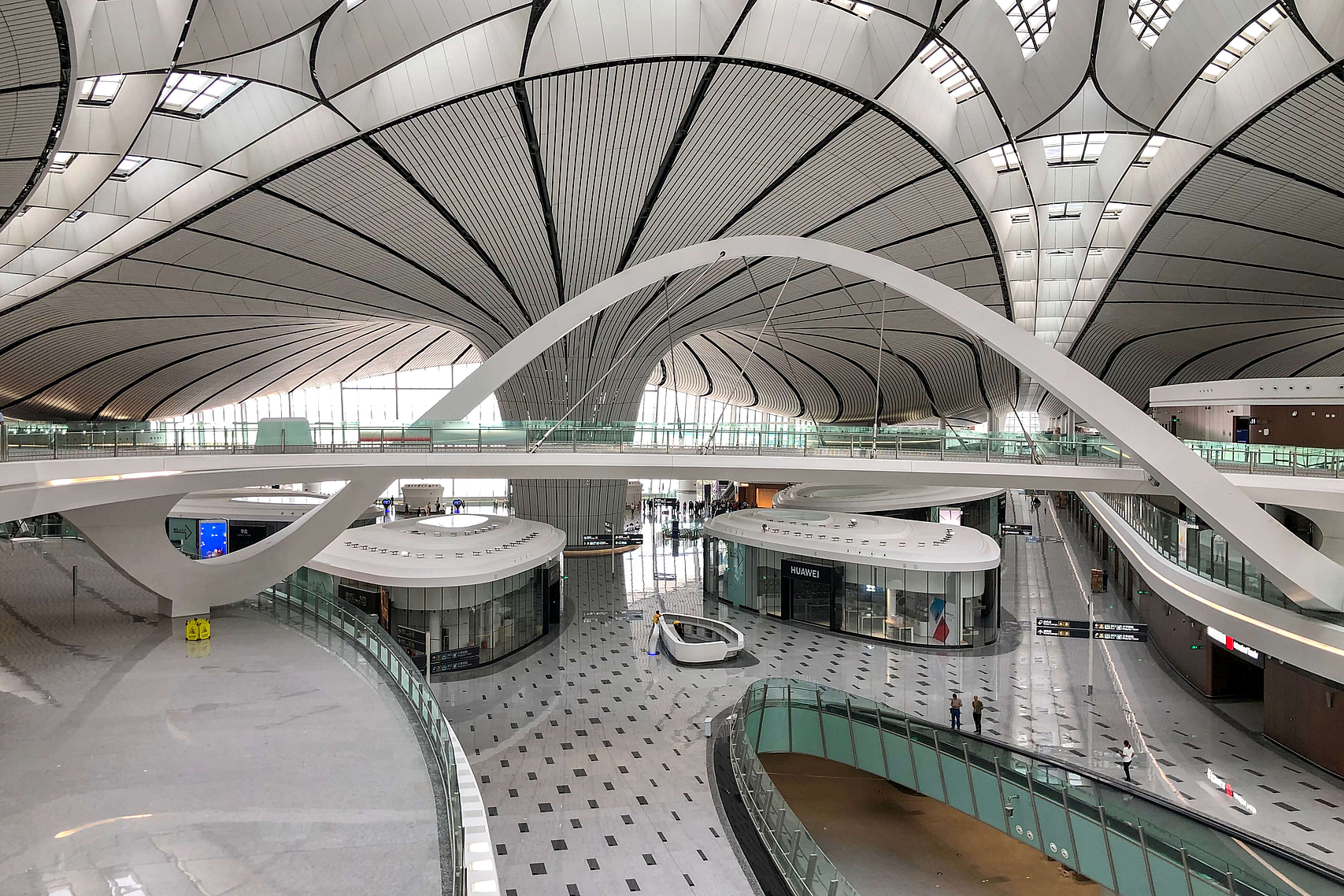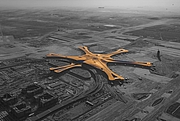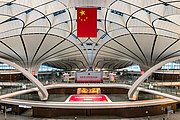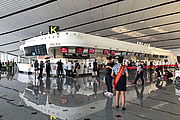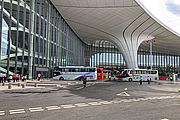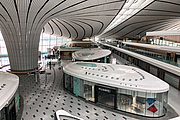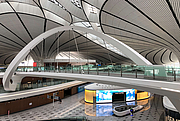Beijing Daxing Airport - Please, fasten your seat belts
A shining starfish of unbelievable proportions
- Facts
The “Beijing New International Airport” made a truly perfect landing at its formal opening on September 26, 2019, by President Xi Jinping after only four years of construction. By 2040, an annual turnover of 100 million passengers and 4 million tons of freight are planned. Sound impressive? Don’t forget that – in a sense – this is just a “relief airport”.
